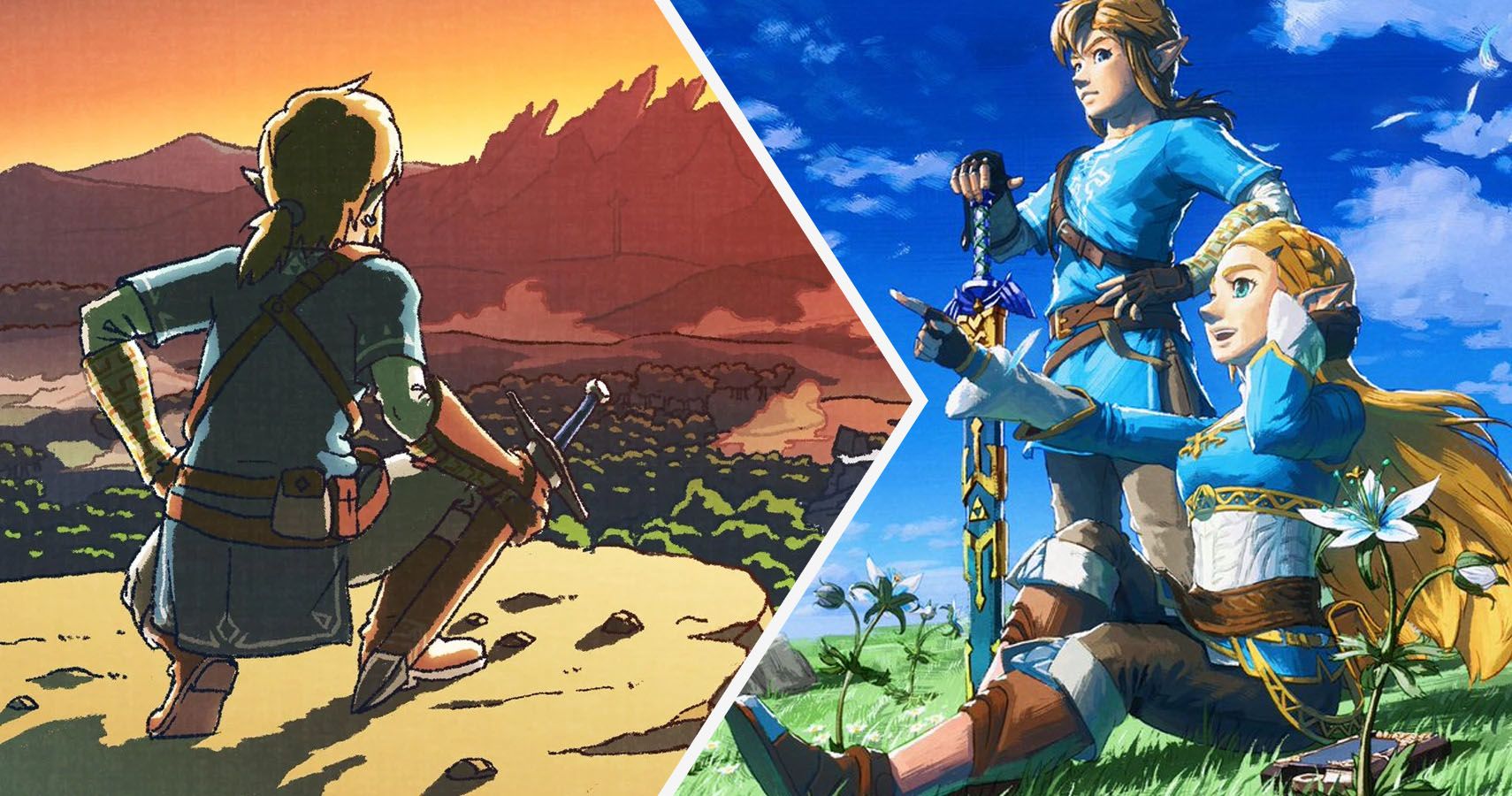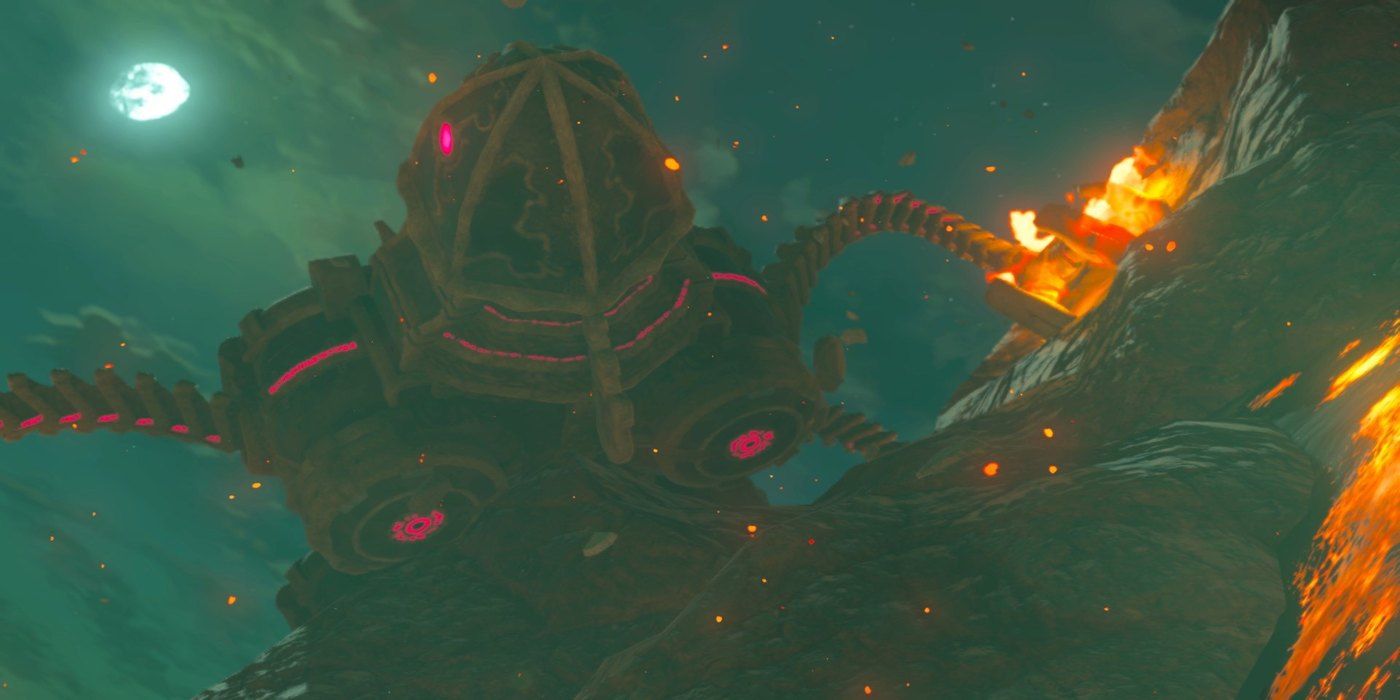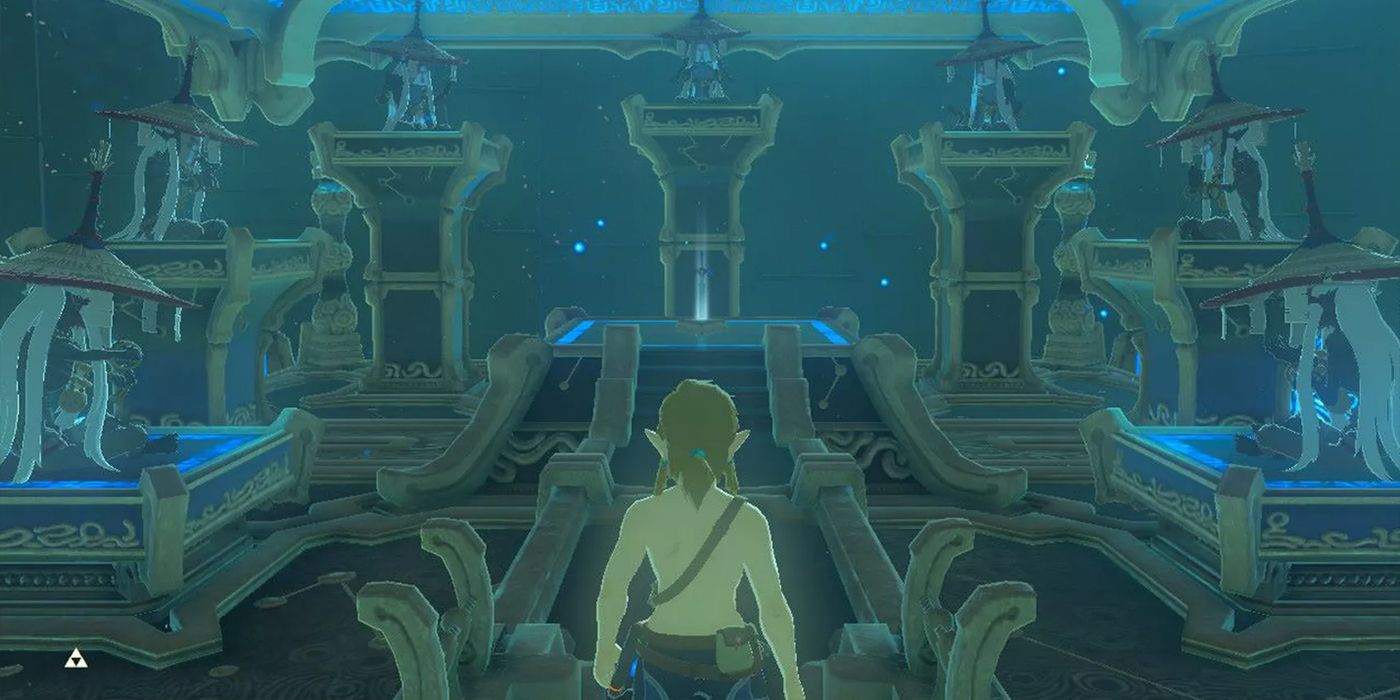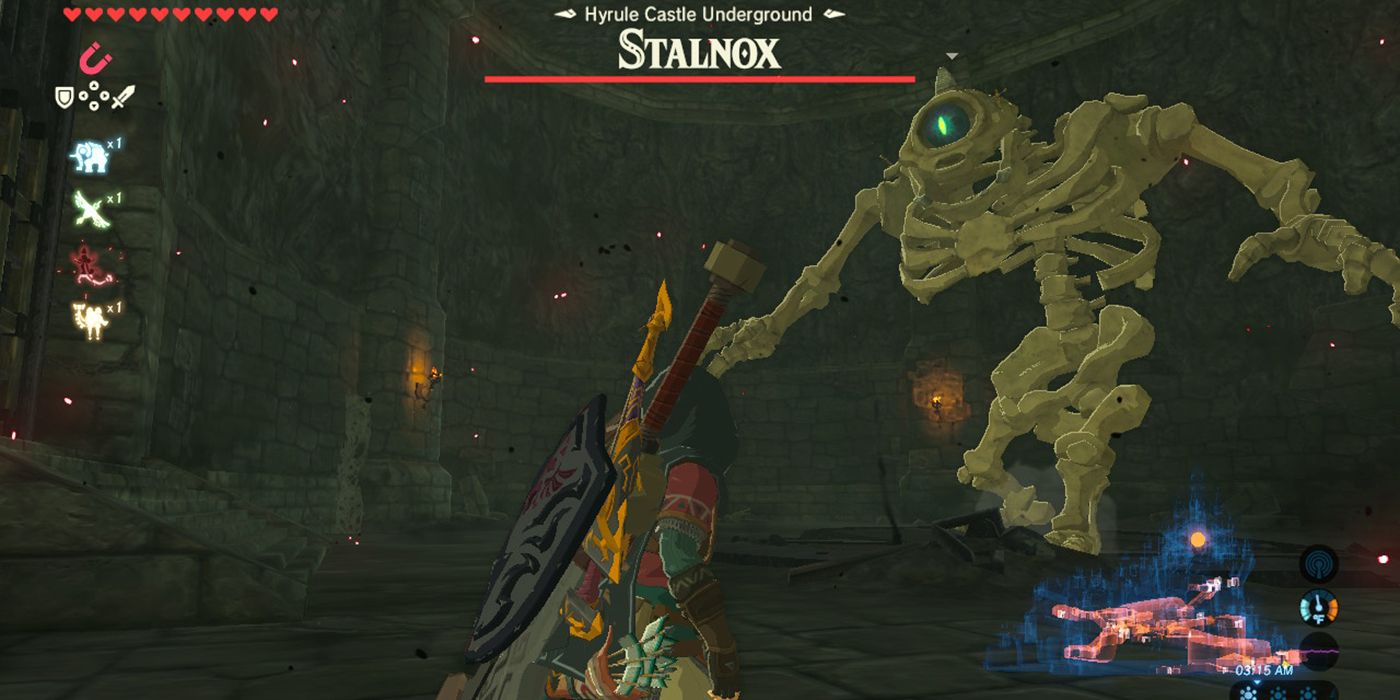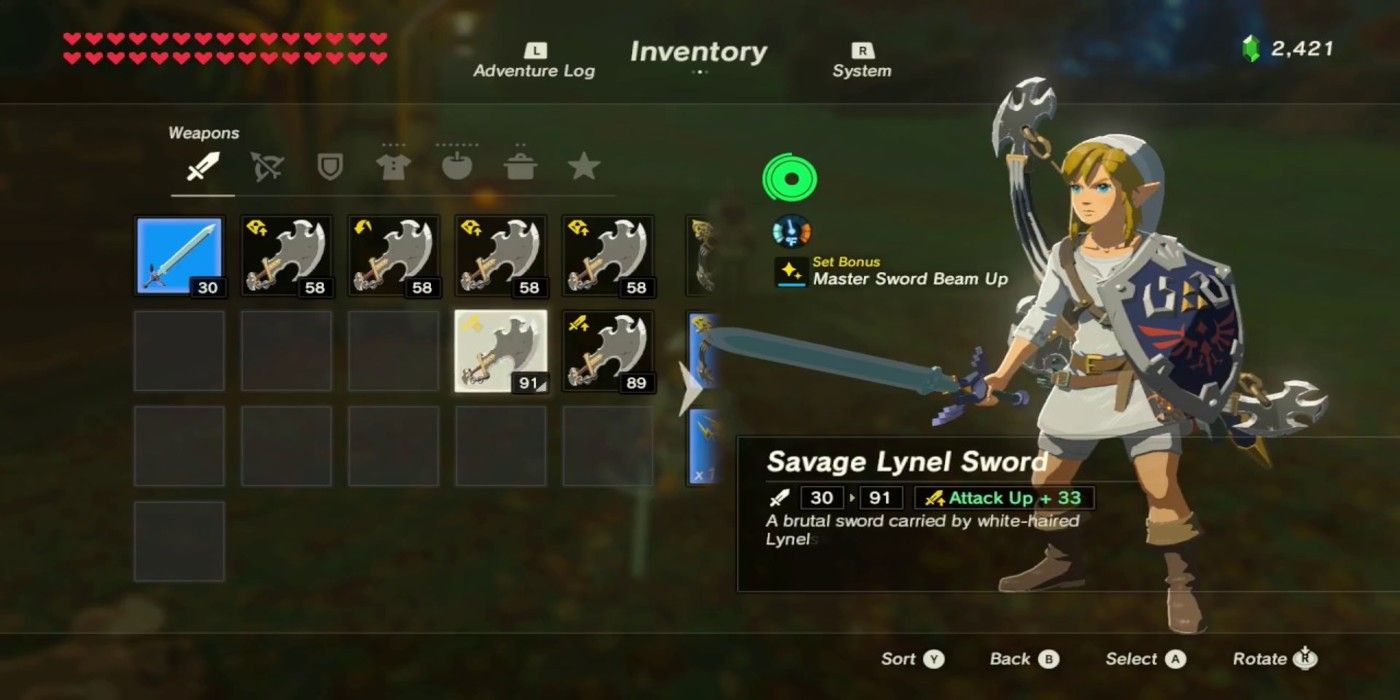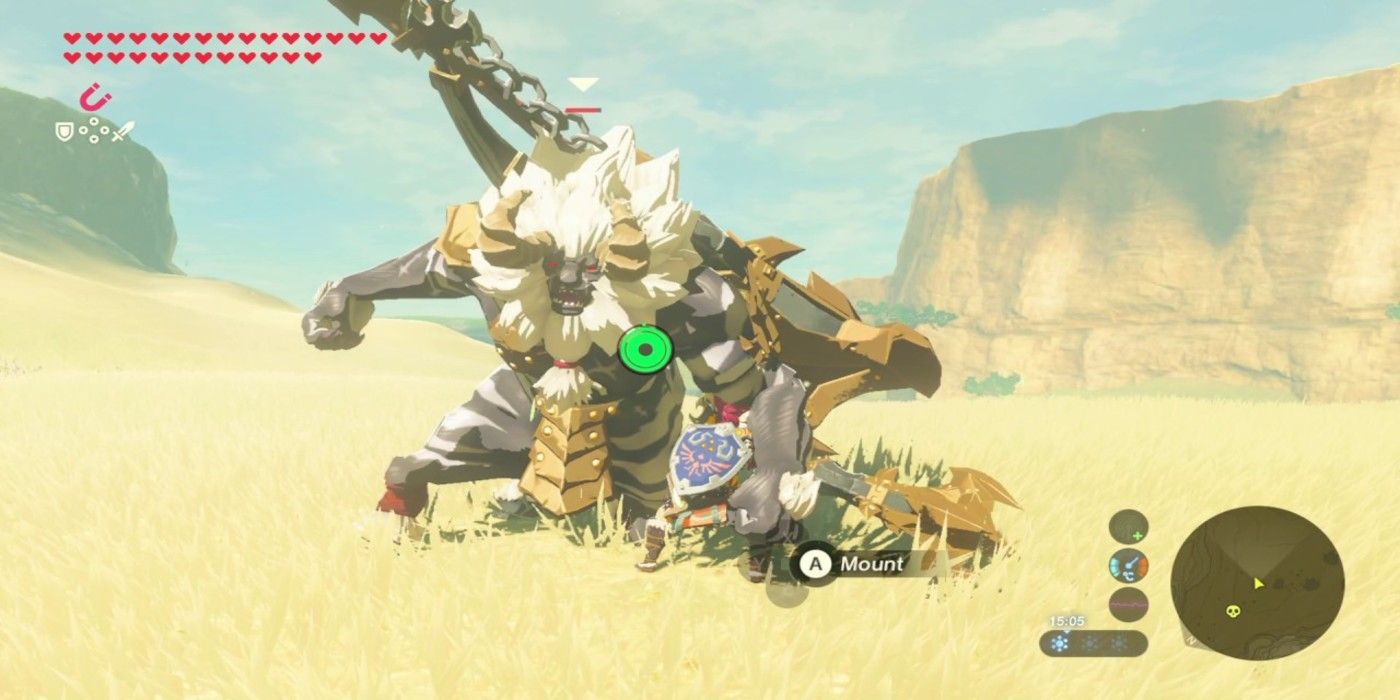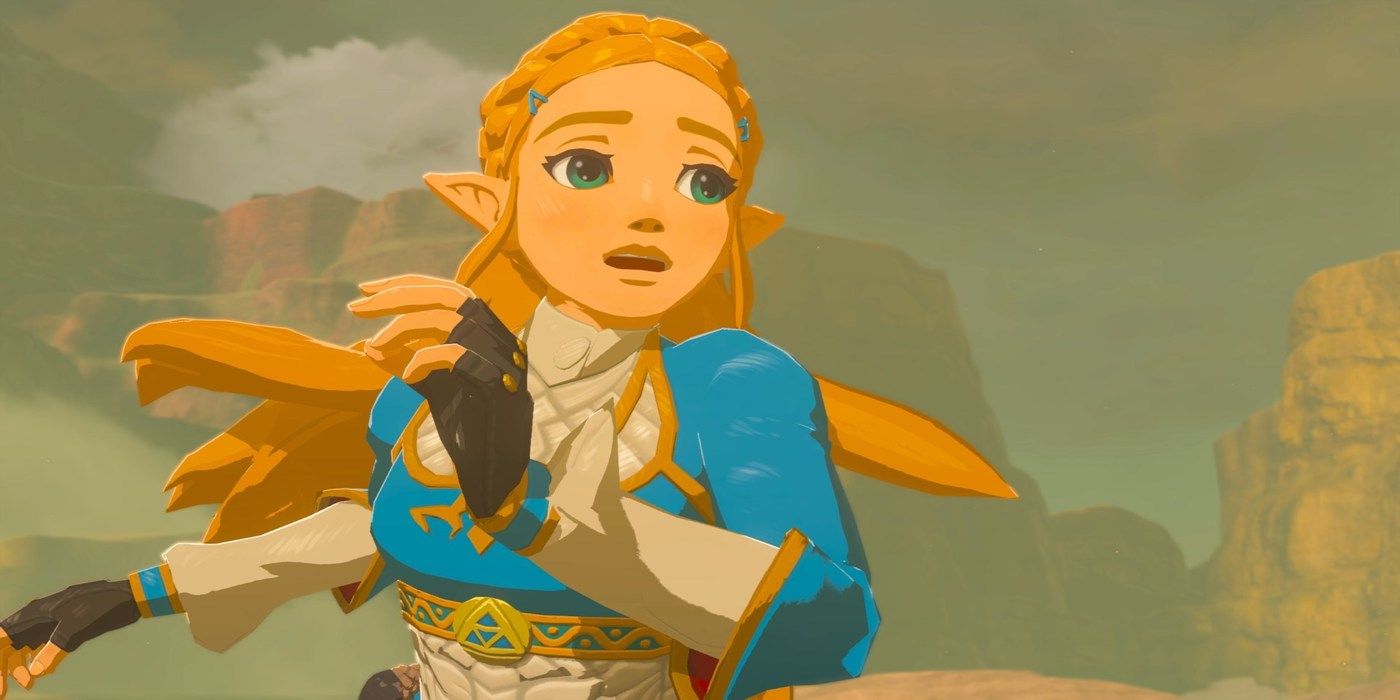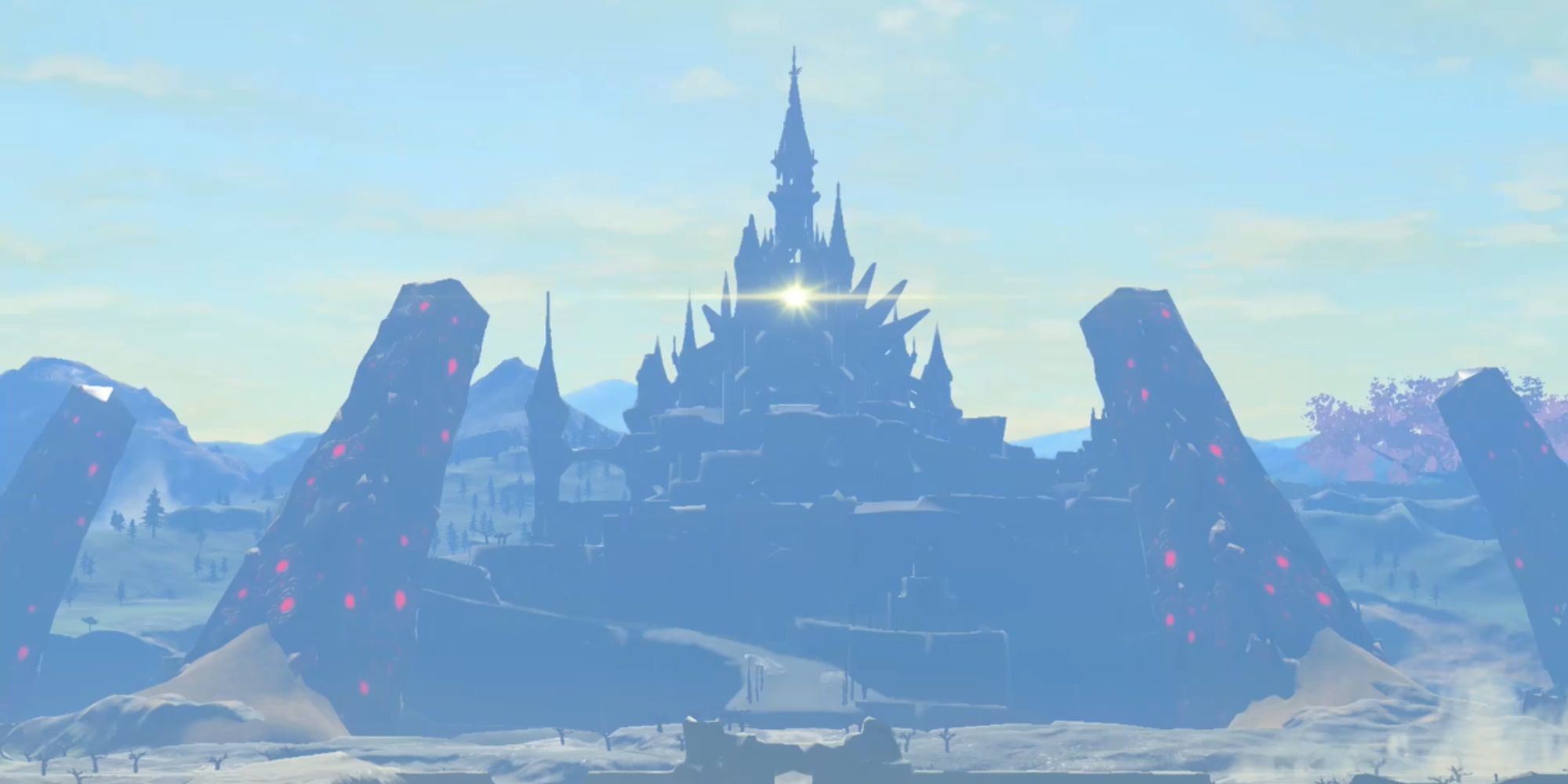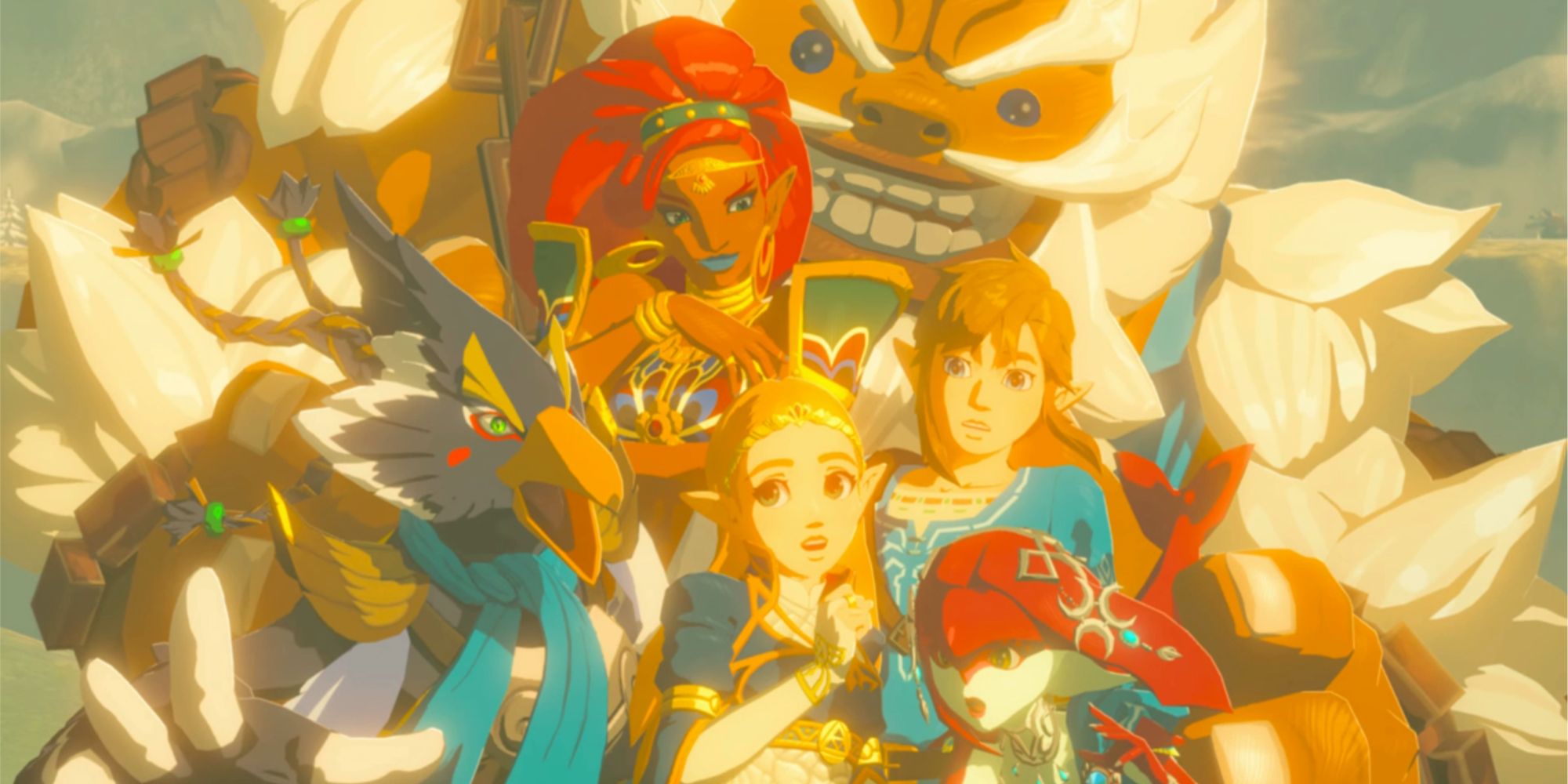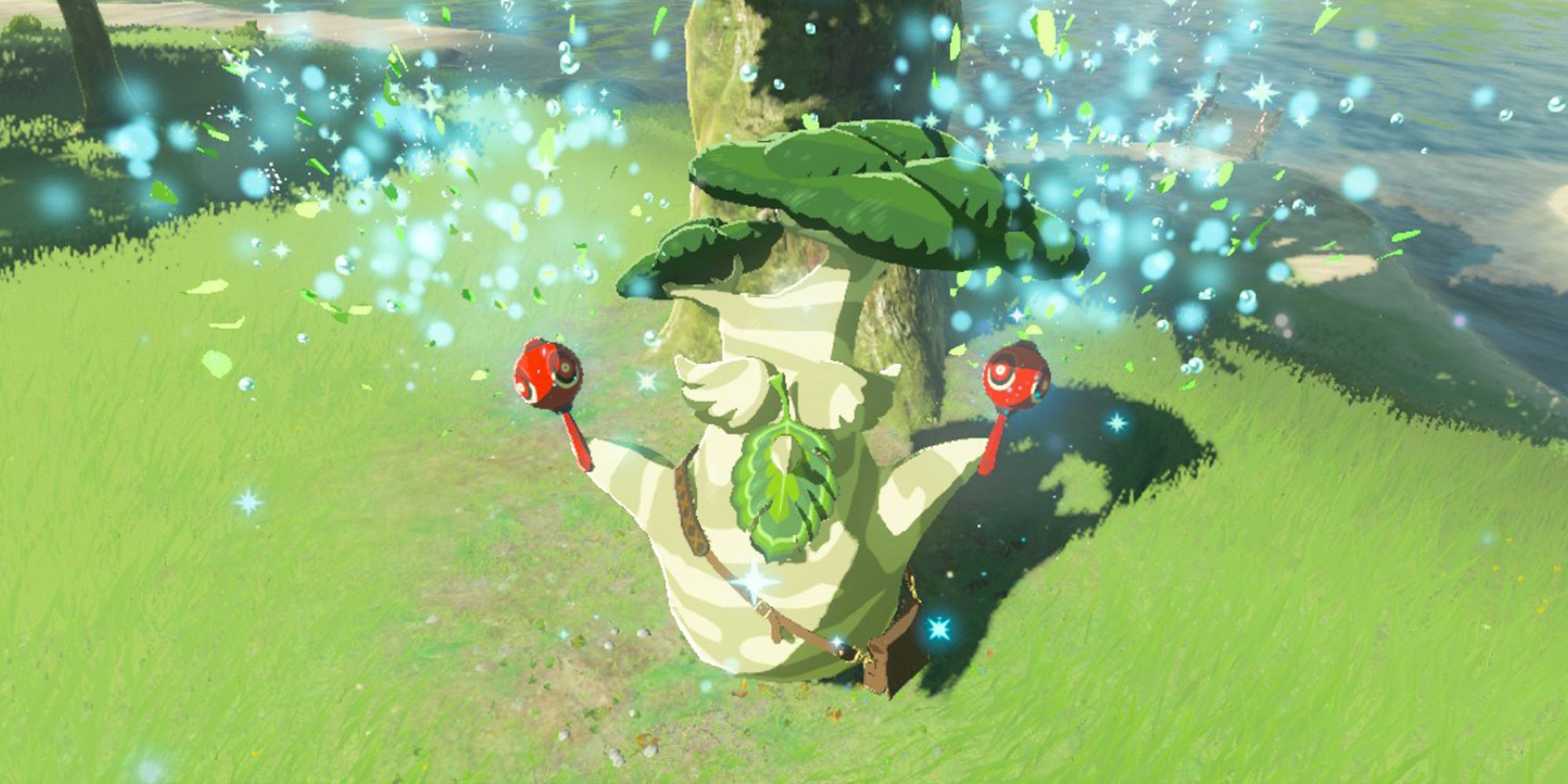Nintendo’s place in the video game industry is quite frankly unparalleled. While Sony and Microsoft’s home console arguably appeal to a broader audience, Nintendo has consistently stayed in the games race in large part due to their first party franchises. The Legend of Zelda, in particular, has stood out as one of Nintendo’s most critically acclaimed properties.
A franchise well over three decades old, The Legend of Zelda slowly became more formulaic until the series’ structure came to a head in Skyward Sword. To avoid the franchise becoming derivative of itself, the series’ next title would need to break new ground. Breath of the Wild has redefined what The Legend of Zelda means, but with a sequel on the way, let’s hope Nintendo irons out some edges.
Needs: Better Dungeon Design
If there’s one area where Breath of the Wild more or less fails conclusively, it’s in dungeon design. For the most part, Shrine puzzles actually aren’t bad. If stitched together, they could make some of the best dungeons in the franchise. But they’re not, and instead players must suffer through the Divine Beasts.
To the game’s credit, the DLC Divine Beast is excellent (and Hyrule Castle is one of the best dungeons in the franchise, period,) but the core four Divine Beasts are just so aggressively bland. They all share similar puzzle mechanics, they all feature the same difficulty curve, and the atmosphere is the worst of the 3D games.
Doesn’t: More Shrines
Shrines were a fun experiment, and a very self-indulgent one at that. Not all Shrines are created equally, and very few actually stand out as memorable, but that’s mainly because they suffer from the same atmosphere problems as the Divine Beasts. On a design level, Shrines are home to the best puzzles in the game.
But there are simply too many. With less Shrines, they could be denser, more memorable, removing the need to copy & paste the same environment for each one. More importantly, less Shrines would force Nintendo to cut the fluff. It’s very obvious that not all 120 Shrines are of an equal quality.
Needs: Better Boss Fights
Breath of the Wild’s boss fights aren’t bad, but they’re far from the series’ best. On a design level, Thunderblight Ganon and Calamity Ganon’s penultimate forms are pretty good bosses. They make solid use of Link’s core mechanics, and Calamity Ganon in particular forces the player to parry & flurry rush in Master Mode to defeat him– a nice assertion of combat’s defining mechanics.
Master Kohga offers a pleasant classic boss fight, but the fact five of the game’s six bosses are variations of Ganon. The mini-bosses aren't particularly interesting either, more or less copies of each other. Worse yet, the Blight fights suffer from the same atmosphere problems as the Divine Beasts and the Shrines. There’s next to nothing differentiating the Blights on an aesthetic level.
Doesn’t: Weapon Durability
On paper, weapon durability isn’t a bad concept for Breath of the Wild. It forces players to experiment with weapons, rotate their inventions, and make active use of their environment. It’s a great way of conveying how the overworld is a tool which can be used. The problem ends up stemming from how weak every weapon is.
The best weapons break fast, and the worst weapons break even faster. Breath of the Wild doesn’t encourage the player to use the environment, it just discourages them to use their weapon. Breath of the Wild 2 either needs to revamp durability’s mechanics considerably or nix it entirely.
Needs: Master Mode At Launch
There’s simply no excuse at this point for a new Legend of Zelda not to include a Hard, Hero, or Master mode at launch. Zelda games are often so easy, that these alternative modes are the only chance veteran fans have of engaging with the gameplay on a deeper level (beyond puzzle solving, that is.)
Breath of the Wild’s Master mode may have gone too extreme with its regenerating health, but making enemies airborne, shaking up enemy placement, and replacing baddies with their stronger counterparts was a nice touch. Hopefully BotW 2 will allow players to access Master mode right away.
Doesn’t: A Bigger Map
Breath of the Wild’s map is absolutely perfect for an open world game. It’s large, dense, and filled with secrets just about everywhere. There’s so much to explore in every province, and it’s clear the designers went through quite a bit of effort to flesh out every inch of Hyrule. Honestly, any more would have been too much.
Hopefully Breath of the Wild 2 doesn’t try to outdo its predecessor in scope, because it’s likely only setting itself up to fail. BotW struck a delicate balance with its geography and in-game content. It’s still early to tell what the sequel’s focus will be, but ideally Nintendo will show some restraint.
Needs: Better Voice Direction
For the first fully voiced Legend of Zelda, Breath of the Wild’s English dub is an utter disaster. Between Princess Zelda’s terrible British accent to miscastings across the board with the supporting cast, and the English voice acting honestly took away from Breath of the Wild’s story, making the plot’s inherent flaws all the clearer.
It’s a shame because the Japanese voice cast does a great job with the material, elevating it where the English dub fails it. Recasting is a step in the right direction, but it’s the voice direction itself that needs changing for Breath of the Wild 2’s English localization to stand a fighting chance.
Doesn’t: Less Freedom
In the same way Breath of the Wild manages to find the perfect size for an open world map, it strikes the perfect balance between player freedom and story driven gameplay. The Great Plateau sets up the context and serves as a dense tutorial area (albeit with freedom at the core of the experience) before leaving players on their own.
While Breath of the Wild’s narrative presentation could use some work, allowing the player to unveil the story at their own pace is a level of freedom Breath of the Wild 2 ideally keeps– along with allowing Link to enter the final dungeon and challenge Ganon at any point in the game.
Needs: Better Storytelling
On that note, Breath of the Wild 2 really is in desperate need of better storytelling. The core of BotW’s plot is engaging enough, but it’s entirely carried by Link and Zelda’s character arcs. While it was removed in the English release (another point against BotW’s mediocre localization,) Link’s journal was written in first person and regularly updated.
Breath of the Wild 2 not only needs to keep those intimate details, but fundamentally change how the story is structured. Players should still be able to trigger story beats at their leisure, but not in such a bizarre manner where the only way to appreciate the narrative on a whole is to have context you can’t have on a first playthrough.
Doesn’t: Korok Seeds
Even though there are 900 Korok Seeds hiding across Hyrule for Link to find, players aren’t actually meant to collect all of them. Rather, they’re a way of ensuring constant inventory progression while keeping the overworld filled with meaningful secrets. At the same time, there were perhaps too many to begin with.
900 really is a lot, though, and the inventory expansions stop being useful faster than one would expect. As it’s not in the spirit of the franchise to bring back collectibles, Breath of the Wild 2 will surely have its own obscene collectible in place of Korok Seeds.

